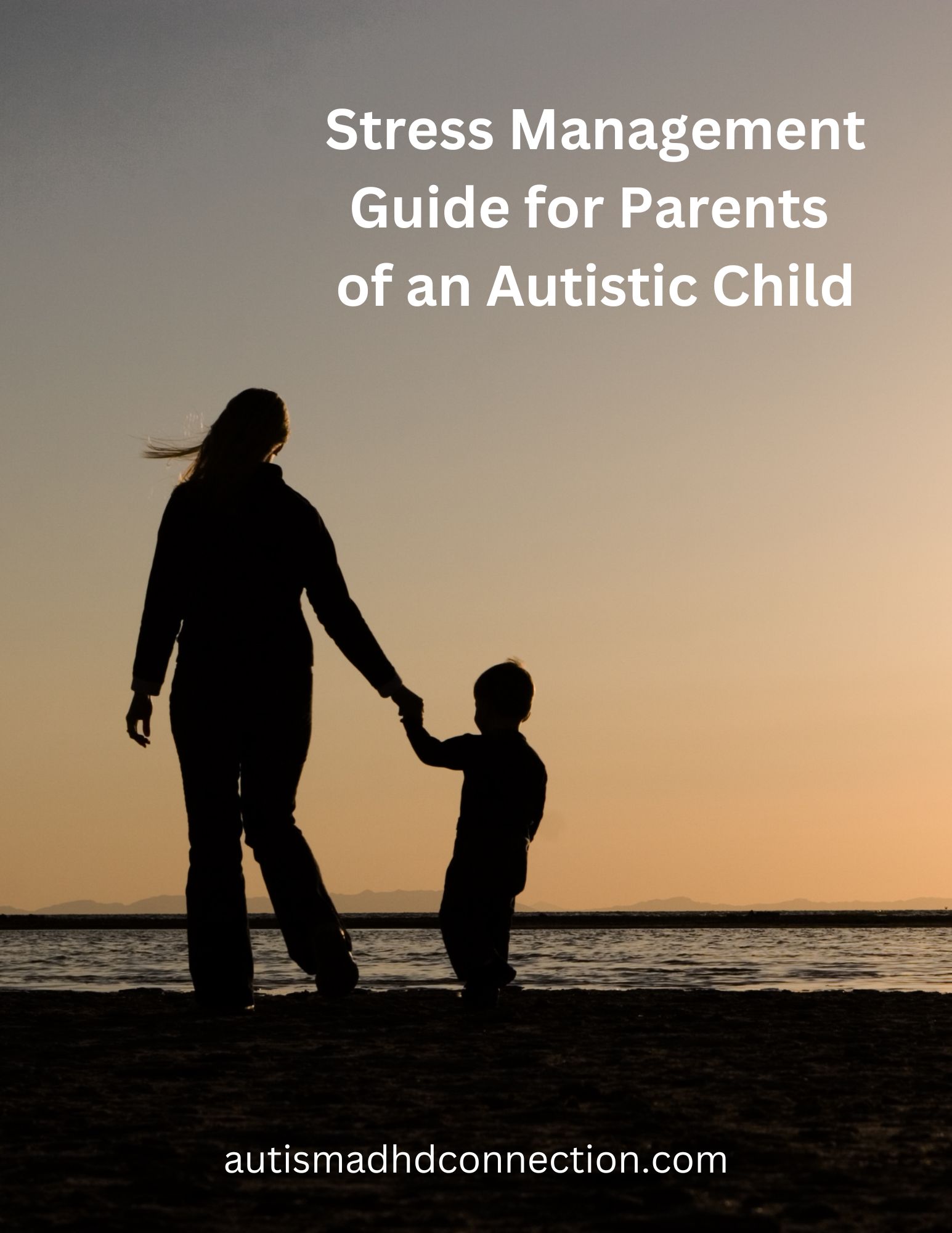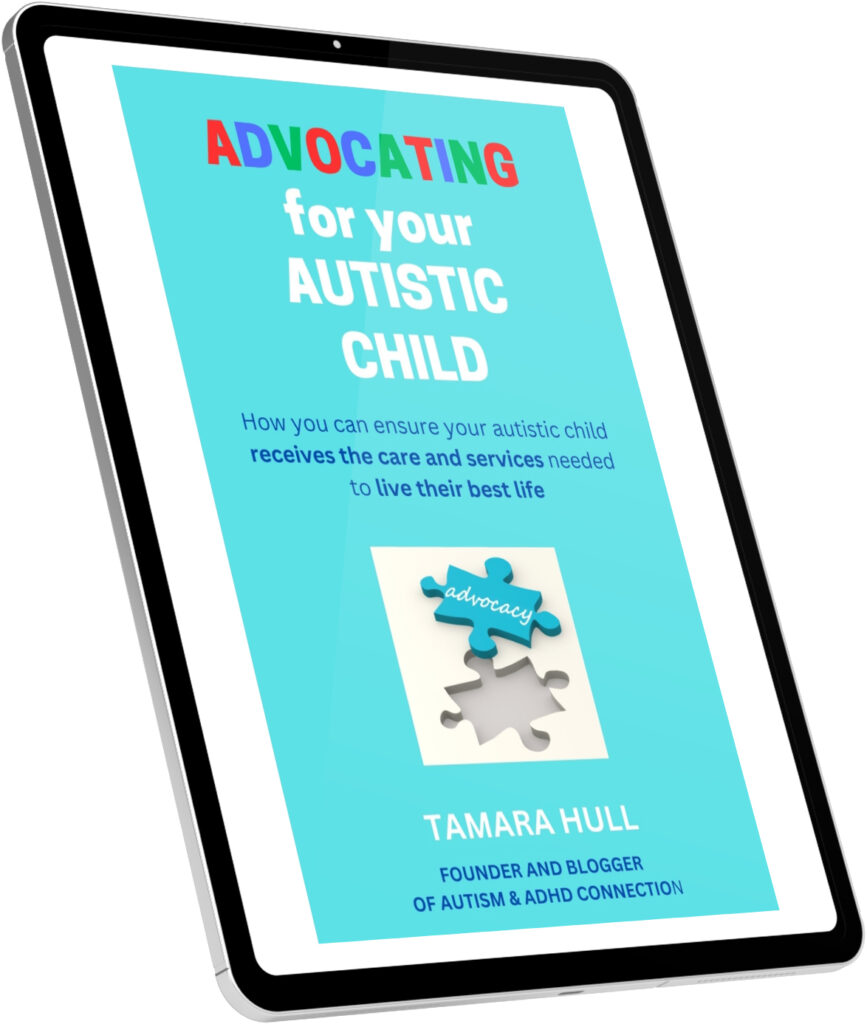Autism affects families in so many ways. There are emotional, social, marital, sibling and other impacts. One of the biggest ways that autism affects a family is financially. The financial burden can be significant for a family with one or more members diagnosed with autism.
In fact, a study published in Pediatrics in 2014 estimated families spend $17,000 more on autism medical and other expenses than families that do not have a child with autism. Research also found that lifetime costs of caring for a child with autism is about $1.4 million. Insurance and government assistance cover part of it, but families are burdened with high out-of-pocket costs when they also have lower income levels.
I know we have dealt with the financial aspects of raising a child on the autism spectrum. Like many families with a child with autism, we live on primarily one income because my husband is a stay-at-home parent/musician largely because we needed more flexibility to care for our son J. In my own career, I have shied away from roles that would have been great for moving up the ladder but would have taken away the flexibility and more reasonable hours needed for our family. The financial impact is real.
So how does autism affect a family financially?
1. Additional costs associated with services for autism

We know that early intervention for autism is key to help our children. There is so much care they require – behavior therapy, applied behavioral analysis (ABA), occupational therapy, physical therapy, speech therapy, medication, nutrition counseling, adaptive services, specialized childcare, music therapy, recreational therapy, specialty activities (e.g., camps, swimming lessons, etc.) and more. That is on top of the regular care all kids need – general medical, dental, vision and other typical health care services. Then we still have more services provided through the school system.
While we receive some assistance through health insurance (if it’s offered through your or your spouse’s employer or if you purchase private insurance), Medicaid, Medicaid autism waivers and other government programs, as parents/caregivers we pay more in health insurance deductibles and coinsurance. We also foot the bills for more out-of-pocket costs for services and care not covered by insurance or provided by the school system.
It all adds up, and the costs place a heavy burden on families.
2. Lower family income
So while families are having to pay more for care and services for their child with autism, they also bring in less income. A study published in 2012 (it evaluated data from 2002 to 2007) in Pediatrics showed that:
- Families with a child with autism had a 27 percent reduction of family income. These families earned almost $18,000 less than families that did not have a child with autism.
- About 62 percent of mothers who had children with autism were employed outside the home, compared to 71 percent of mothers who had children without autism.
- Mothers who had children with autism earned 39 percent less than mothers of children without autism.
In families that have a child with autism, many times one of the parents chooses to care for their child full-time. It is difficult for both parents to work given all the appointments and home care needed, depending on the severity of the autism. This significantly reduces the overall family income.
3. Higher rates of divorce

Studies show that married couples who have a child on the autism spectrum are almost 10 percent more likely to divorce than those who do not have a child with autism. What leads to this? Often, it is the stress of caring for an autistic child; conflict over accepting an autism diagnosis and how the person handles it; inability to spend time together as a couple; and the financial stress of caring for their child. Divorce can greatly affect finances negatively for each individual.
4. More education costs
Depending on where your child is on the spectrum, you may have additional costs associated with education. Not all children with autism can be served by the local public school, so they may need a special school/classes. Parents and caregivers also may need to hire a tutor to help their children with specific subjects.
5. Cost of time

While difficult to quantify, parents and caregivers of children with autism must deal with the loss of time. This has financial implications. As you have to spend more time coordinating your child’s services and taking care of them, it reduces your possibilities for certain jobs, overtime, second jobs and more. It also decreases the amount of free time that each person needs.
The financial burden that you feel is real. In my next article, I will discuss some steps you can take to get help for the care your child needs and tips for managing your finances.
What are your thoughts about how autism affects family finances? Leave a comment so that we can share and encourage one another.
References:
Tara A. Lavelle, Milton C. Weinstein, Joseph P. Newhouse, Kerim Munir, Karen A. Kuhlthau and Lisa A. Prosser, Pediatrics March 2014, 133 (3) e520-e529; DOI: https://doi.org/10.1542/peds.2013-0763.
Zuleyha Cidav, Steven C. Marcus and David S. Mandell. Pediatrics April 2012, 129 (4) 617-623; DOI: https://doi.org/10.1542/peds.2011-2700.
Ariane V. S. Buescher, MSc1; Zuleyha Cidav, PhD2,3; Martin Knapp, PhD1; et al David S. Mandell, ScD2,3. JAMA Pediatrics. 2014;168(8):721-728. doi:10.1001/jamapediatrics.2014.210.
Hartley, S. L., Barker, E. T., Seltzer, M. M., Floyd, F., Greenberg, J., Orsmond, G., & Bolt, D. (2010). The relative risk and timing of divorce in families of children with an autism spectrum disorder. Journal of Family Psychology, 24(4), 449–457. https://doi.org/10.1037/a0019847








